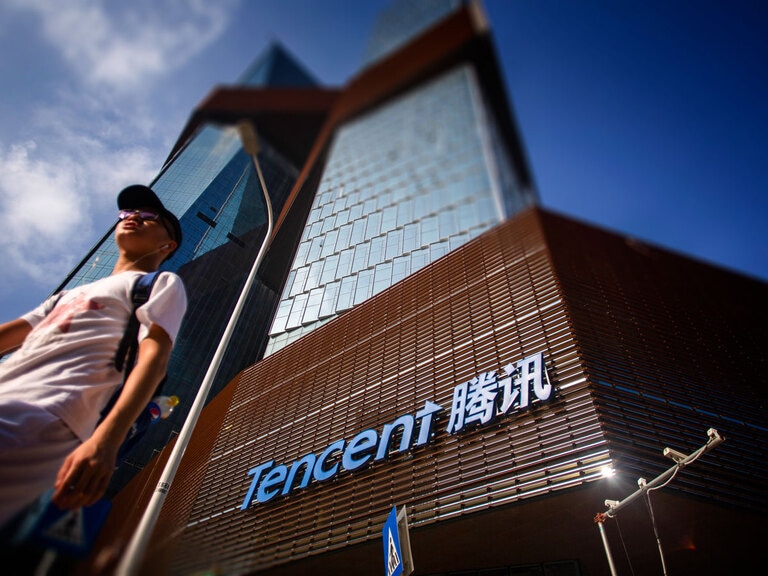As uncertainty over commodity supply has increased, so has the Glencore [GLEN.L] share price. Over the past three months, the stock has gained more than 30%, easily outpacing the FTSE 100.
The Russia-Ukraine crisis has helped drive commodity prices higher. And with geopolitical uncertainty very likely to persist, miners like Glencore continue to see solid growth. However, these stocks can be volatile, and are tied to the performance of the underlying commodity. Will the Glencore share price be able to maintain its upward trajectory moving forward?
Rising commodity prices spur Glencore’s stock higher
Glencore reported an adjusted EBITDA of $21.3bn in 2021, up from $11.6bn in 2020. Net income was $5bn, up from a $1.9bn loss the year before. The company attributed this to ‘multi-year or record high prices’ for many of its commodities.
Russia’s invasion of Ukraine has caused further upheaval in the commodities market. Prices for oil, copper, nickel, natural gas, and aluminium have all skyrocketed. Supply uncertainty is the root cause with both Russia and Ukraine being huge exporters of sought after commodities.
"Over time, global commodity trade flows will need to adapt to some or all of Russian/Ukrainian supply being unavailable, whether due to infrastructure damage, sanctions or ethical concerns," Glencore said in its annual report.
Russia is one of the world’s biggest producers of nickel. The conflict has caused a surge in the metal’s value, with prices more than doubling to over $100,000 per metric tonne after China’s Tsingshan Holding - one of the world’s top producers - bought vast amounts to reduce its short bets on the metal.
Rising wheat prices is another area that could lift Glencore’s stock. Russia and Ukraine account for almost a quarter of the world’s wheat exports. Since the start of the February wheat prices have almost tripled. Over the past 12 months, the grains and oilseeds index compiled by the International Grain Council has grown 33%, while the wheat sub-index is up 56%.
Investors should watch out for volatility
Glencore’s share price is pegged to what happens in commodity markets. Fears that a ban on Russian oil imports will tighten supply has driven up prices. However, demand also slackened as Covid-19 cases rose in China with oil prices falling in the two weeks to Friday 18 March. This coincides with Glencore shares falling from 511.30p on 11 March to a close of 479.25p on Friday. Copper demand has also weakened in China - a country that is responsible for half the world’s consumption.
“Many commodity markets currently exhibit low inventories and are prone to supply disruption, which, when set against the significant new investment in electrification and decarbonisation, should support prices for our key metals in 2022 and beyond” - Glencore CEO Gary Nagle
A diversified portfolio of commodities could help Glencore negate some price volatility. The company is a leading producer of key transition metals in the shift to clean energy, including copper, cobalt, nickel, zinc and vanadium. These are needed for the adoption of renewable energy sources as a means of decarbonising energy supply. Glencore itself is aiming to be net carbon zero by 2050.
“Although 2022 is likely to see a moderation in global growth, including as authorities seek to tame inflation, many commodity markets currently exhibit low inventories and are prone to supply disruption, which, when set against the significant new investment in electrification and decarbonisation, should support prices for our key metals in 2022 and beyond,” said Gary Nagle, Glencore’s CEO in its annual report.
Shares in Glencore last traded at current levels more than a decade ago. The stock trades at a forward price to earnings ratio of 7.3, and the stock has a beta ratio of 1.52. The question is whether it can climb higher or if the falls seen over the past week suggest the start of a downturn. An average analyst price target of 511p, according to Refiniv data, suggests a 6.3% upside on its current trading price. How commodity prices perform this year will have a bearing on the stock. Interested investors should brace themselves for plenty of price movement.
Continue reading for FREE
- Includes free newsletter updates, unsubscribe anytime. Privacy policy





